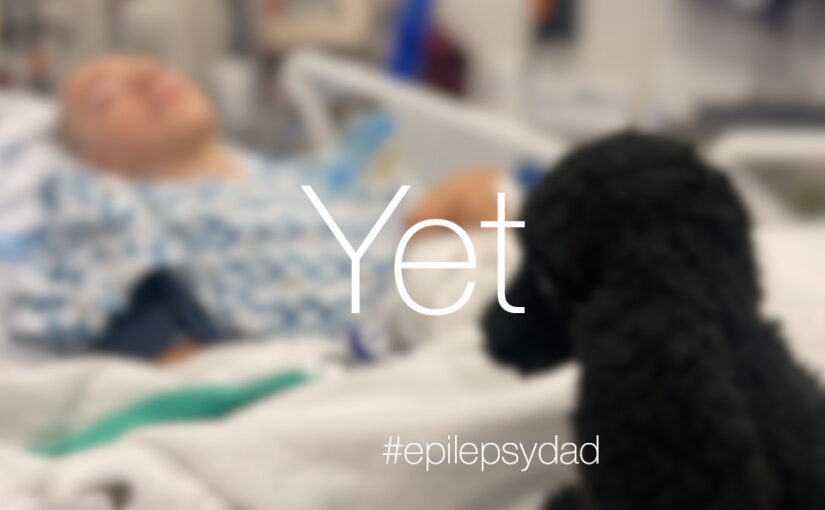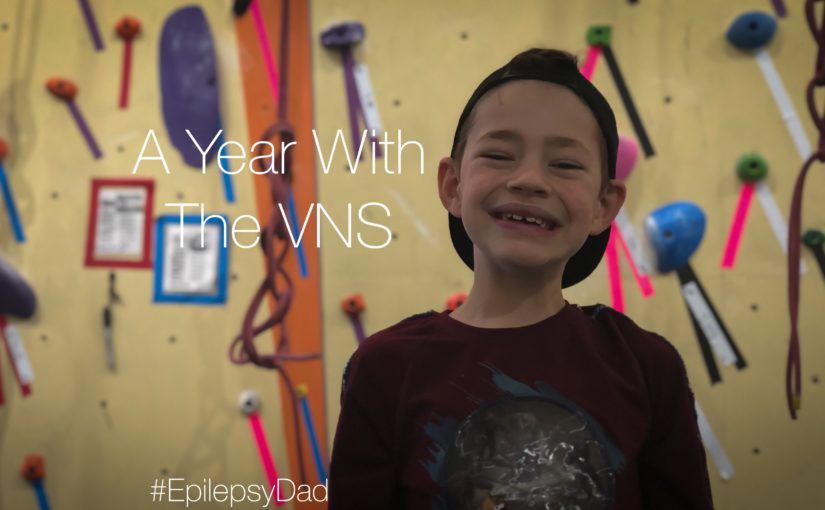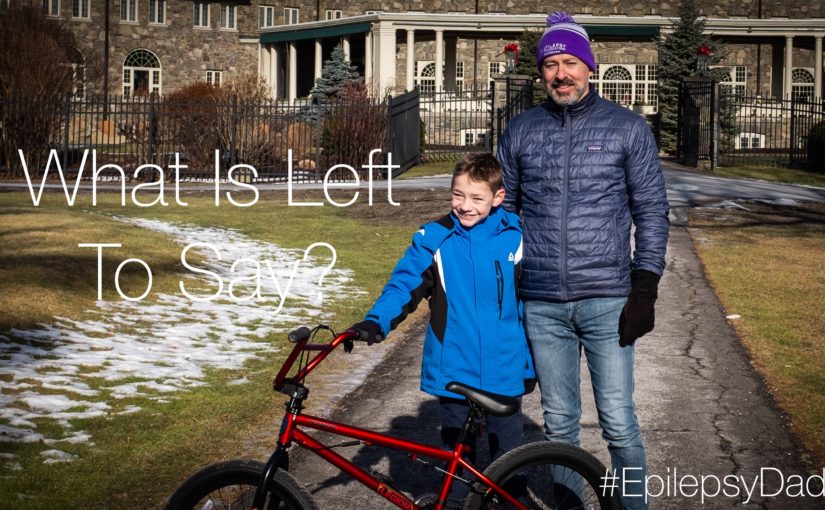“Yet” is such a powerful word.
“Yet” allows us to acknowledge current struggles while leaving space for future possibilities. It’s a bridge between what is and what could be, subtly shifting focus from a fixed state to one of potential.
There have been so many times when we thought we were out of options when it came to treatments for our son’s epilepsy. We tried all the medications. We tried the ketogenic diet. Because his seizures were generalized, he wasn’t a candidate for surgeries that are available to people who have focal seizures.
Each time one of the treatments failed to control his seizures, we felt resigned to give up hope.
But even in the 10 years since my son was diagnosed, there have been many new advancements.
Genetic testing is being used to identify specific genetic mutations associated with epilepsy, which has enabled personalized treatment strategies, improving efficacy and reducing side effects.
Epidiolex was introduced in 2018 to treat Lennox-Gastaut syndrome and Dravet syndrome.
A new surgical technique called Laser Interstitial Thermal Therapy (LITT) that uses a laser to target and ablate seizure-causing brain tissue precisely was approved, reducing recovery time compared to traditional surgery.
Although it was used off-label earlier, Vagus Nerve Stimulation (VNS), which involves implanting a device that stimulates the vagus nerve to reduce seizure frequency, was FDA-approved in 2017 to treat children as young as 4 years old with drug-resistant focal epilepsy.
Deep Brain Stimulation (DBS), traditionally used to treat movement disorders like Parkinson’s, is now being used to target brain regions like the anterior nucleus of the thalamus to reduce seizure frequency in individuals with drug-resistant epilepsy.
We’ve benefited from these advancements. In addition to genetic testing, my son had VNS surgery when he was nine and DBS surgery right before his 15th birthday, even though they weren’t options when our journey started.
Of course, it’s easier to be on this side of it and say that I always had hope or that I automatically added the word “yet” to the sentence “there is nothing left to try.” I didn’t. I was overwhelmed because everything we tried didn’t stop the seizures. I had almost lost my son, and I was afraid that, with every failed treatment, every door was closing on his future.
Eventually, I would be reluctant to try a door because that would mean fewer were available. At least with untested doors, there was hope. It’s like in high school, when there was a girl I liked, if I didn’t ask her out, she couldn’t say “no,” so there was always hope for a “yes.”
What changed for me was seeing the advancements and having them offered. First, there was a new medication, then another, and then the VNS. I saw first-hand how continued progress created more doors, making trying one a little less scary. I began to believe there would be more doors, which made it easier to believe in the word “yet.”
Right now, our hand is on the DBS door. We’ve cracked it open and are waiting to see what is on the other side. There are never guarantees, but we hope it improves our son’s quality of life. If it doesn’t and we have to close that door, too, when the feeling comes back that there is nothing left to try, I will remember to complete the sentence:
It feels like there is nothing left to try…yet.


